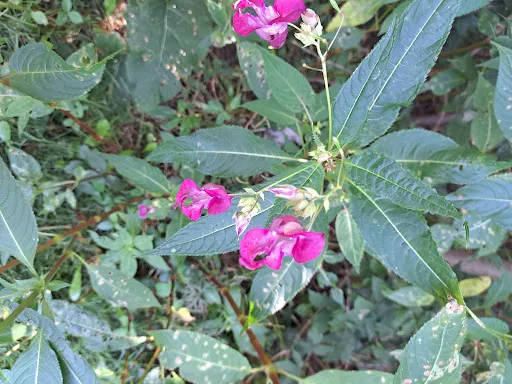Echinacea is one of the most popular herbs in America today. Echinacea is a Native American medicinal plant named for the prickly scales in its large conical seed head, which resembles the spines of an angry hedgehog (echinos is Greek for hedgehog).
Archaeologists have found evidence that Native Americans may have used echinacea for more than 400 years to treat infections and wounds, and as a general "cure-all." Throughout history people have used echinacea to treat scarlet fever, syphilis, malaria, blood poisoning, and diphtheria.
For people with eczema, an inflammation of the skin, cream containing echinacea extract may help. Early studies showed that daily use of echinacea cream helped soothe irritation caused by eczema and helped build up the protective outer layer of skin.
Medicinal Uses
- Relieving swollen gums
- Soothing a sore throat
- Reducing skin inflammation
- Treating stomach problems
- Reducing acne
- Treating upper respiratory infections
- Easing cold and flu symptoms
- Promoting healing in slow-healing wounds
- Reducing inflammation and pain in knee osteoarthritis, a joint disease
How to make echinacea tea
To make echinacea tea, you can use dried or fresh echinacea roots, leaves, or flowers.
- Boil water for 5 minutes.
- Add 1 gram of dried or fresh echinacea roots, leaves, or flowers to a paper dip bag.
- Put the tea bag in a cup of boiling water and let it brew for 5 minutes.
- Remove the paper bag, and drink the tea when you’re ready.
Echinacea tinctures
Echinacea tinctures are liquid medicines made by soaking echinacea in alcohol. This process extracts many compounds from the plant, each with unique properties.
Echinacea may help with skin health, infection symptoms, and anxiety and depression, among other benefits. You can take the fresh or dried plant as a tea, supplement, juice, or tincture.
In Native American culture, the purple coneflower was used to treat poisonous bites and stings, toothaches, reduce inflammation, sore throat, colds, and so much more. In a way, this botanical miracle was used as a cure-all and was used to treat ailments more than any other medicinal plant.
- Rinse the echinacea plant.
- Roughly chop the entire echinacea plant (roots, stems, flower buds).
- Place chopped echinacea into your glass container and cover with vodka. ...
- Let tincture sit in a cool dark place out of reach of kids!



